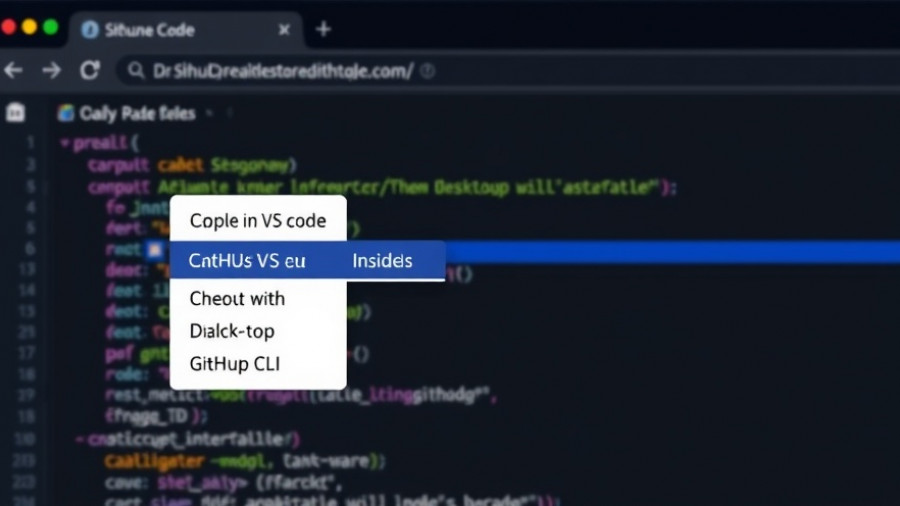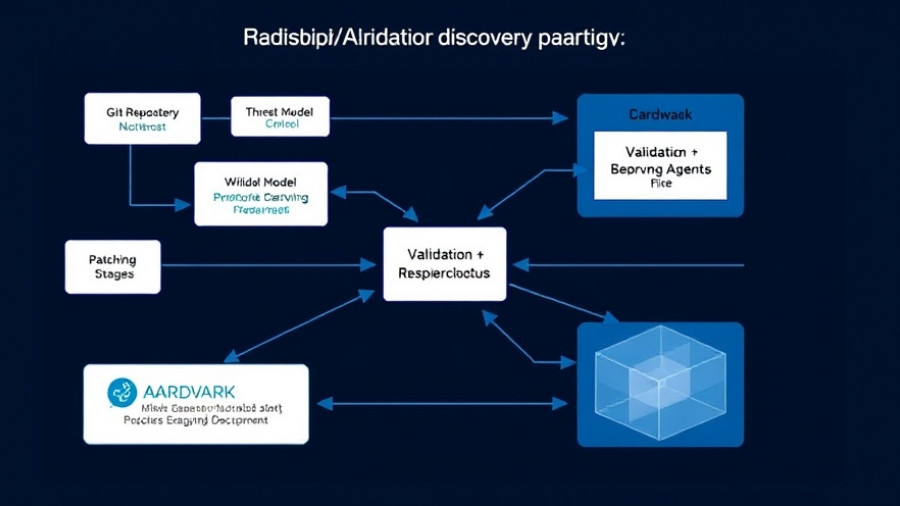
SnapLogic's Vision for the Future of Agentic AI
As organizations increasingly adopt AI technologies, SnapLogic is carving out a significant role in facilitating this transition. By expanding its support for the Model Context Protocol (MCP), the company is positioning itself as a vital player in the drive toward agentic enterprises. Dominic Wellington, Data and AI expert at SnapLogic, emphasizes that integrating agentic AI into existing workflows is crucial for businesses looking to leverage the benefits of artificial intelligence effectively. SnapLogic's approach isn't just about adding a new feature; it’s about transforming how companies interact with their systems to deliver real value quickly.
The Importance of Interoperability in AI
Open standards play a pivotal role in technology adoption, particularly in AI integration. SnapLogic’s support for MCP ensures a common framework that allows AI agents and large language models to interact seamlessly with various enterprise systems. This ability to connect multiple systems without significant friction is vital for businesses that rely on a multifaceted tech environment. With MCP, SnapLogic continues to remove limitations, fostering an ecosystem in which data flow is unencumbered and governance is always a priority.
How SnapLogic Stands Apart from Competitors
While other vendors are quickly embracing MCP, SnapLogic’s unique strategy involves embedding this capability into its extensive integration fabric. By doing so, they allow enterprises to combine existing resources with state-of-the-art AI tools without the need for complete overhauls. This is a game-changer; companies can enhance their workflows and harness new AI capabilities without falling behind on their current technology stack. SnapLogic users find themselves equipped with a powerful integration solution that's tailored for both present and future needs.
A Path Forward for Managed Service Providers
The rise of AI presents both opportunities and challenges for Managed Service Providers (MSPs). SnapLogic’s integration of MCP offers MSPs the flexibility to present their clients with a sustainable strategy that marries traditional infrastructure with cutting-edge AI capabilities. As noted by Wellington, the ability to offer this equilibrium allows MSPs to help their customers modernize according to their specific growth trajectories.
Conclusion: Embracing the Future of Agentic AI
In a rapidly evolving tech landscape, SnapLogic’s expansion of MCP support signals a transformative shift towards agency in AI workflows. As organizations continue to explore AI agents and deepen reasoning capabilities, SnapLogic provides the necessary tools to ensure a smooth integration into existing systems. The integration fabric they offer doesn't merely accommodate new technologies; it enhances the ability for businesses to build upon the solid foundation they already have. By navigating the complexities of AI with openness and innovation, SnapLogic is undoubtedly paving the way for a more interconnected future.
 Add Row
Add Row  Add
Add 




Write A Comment